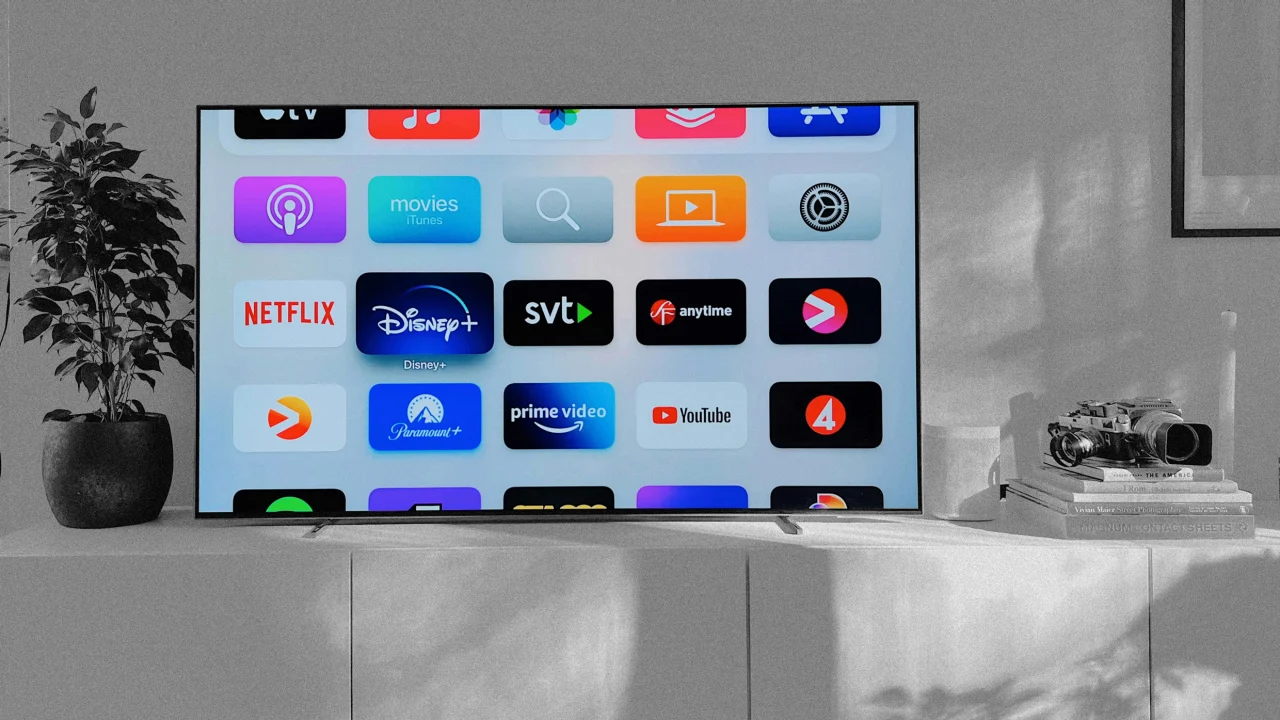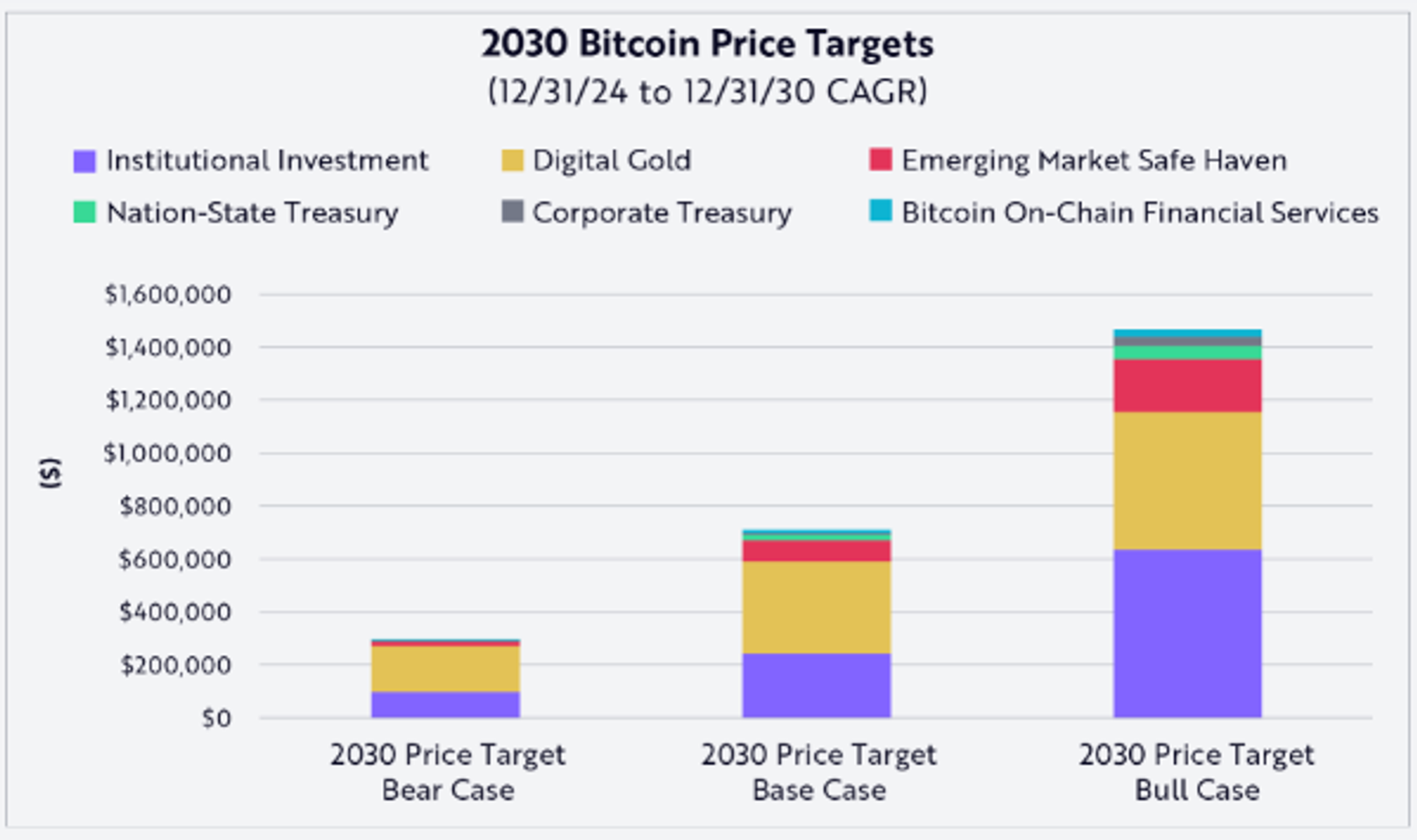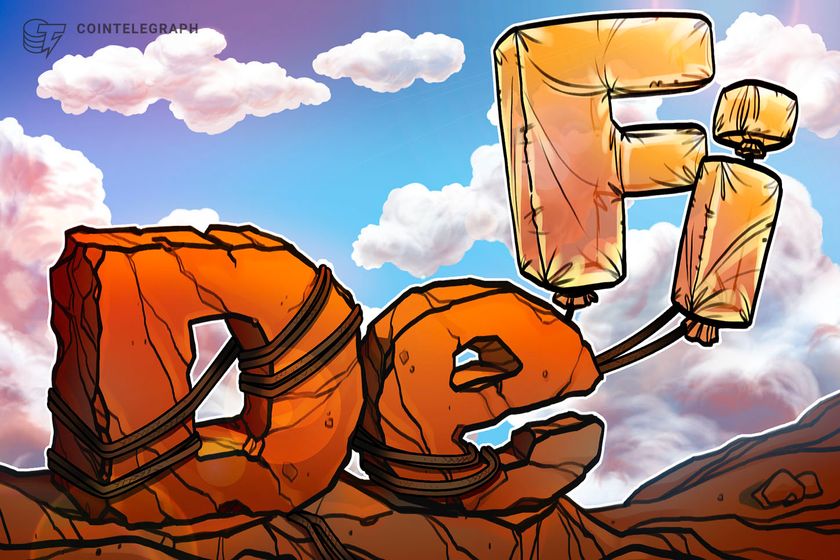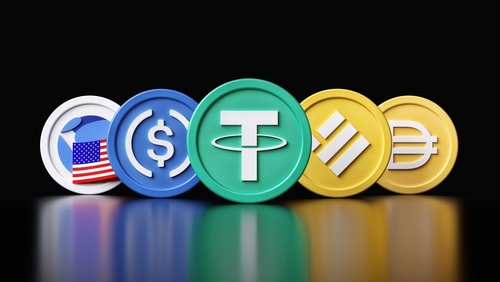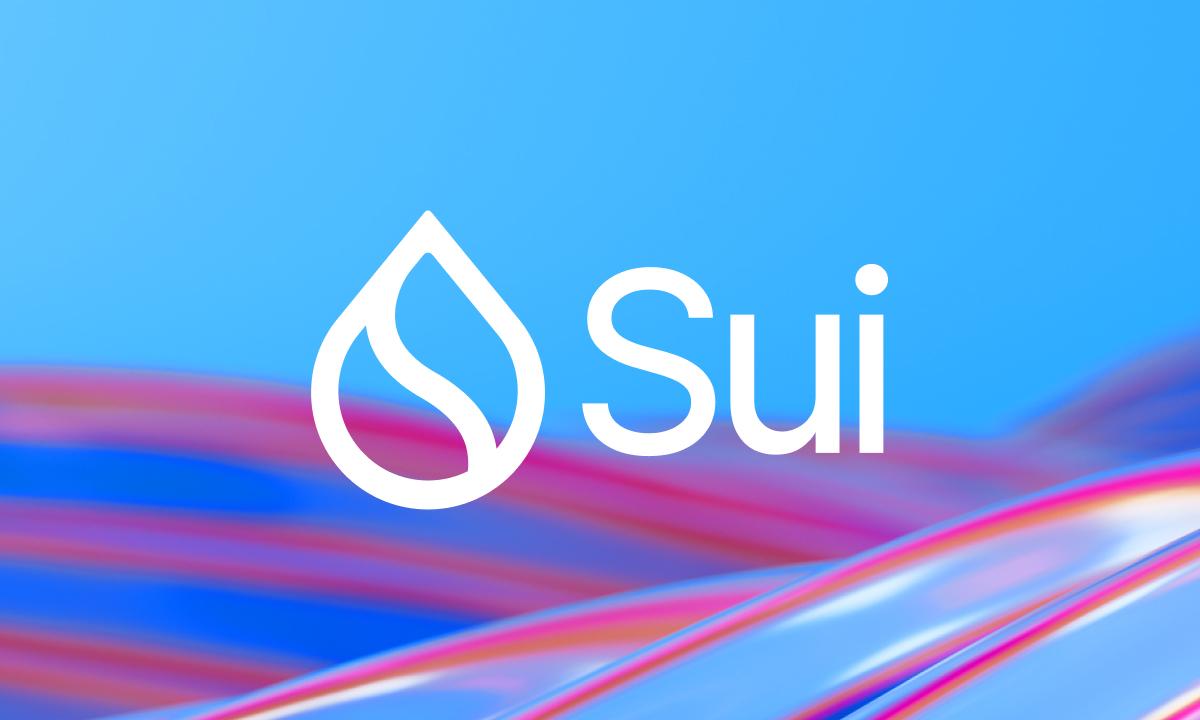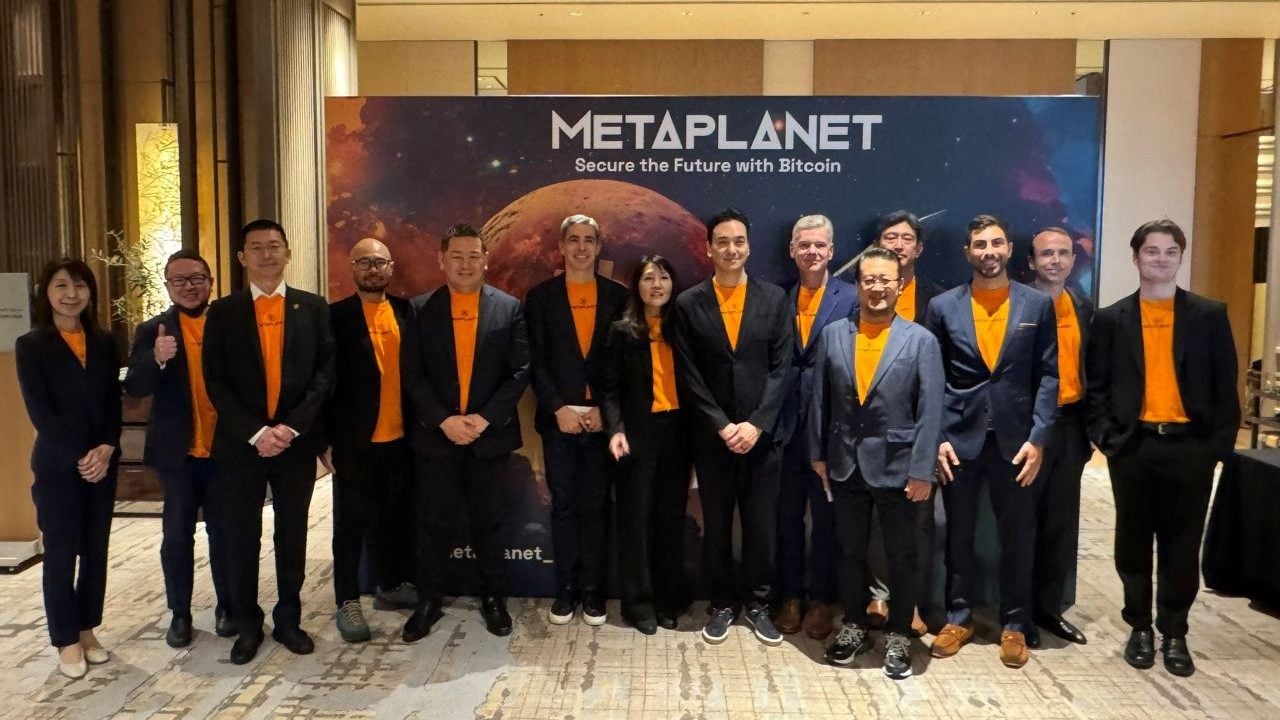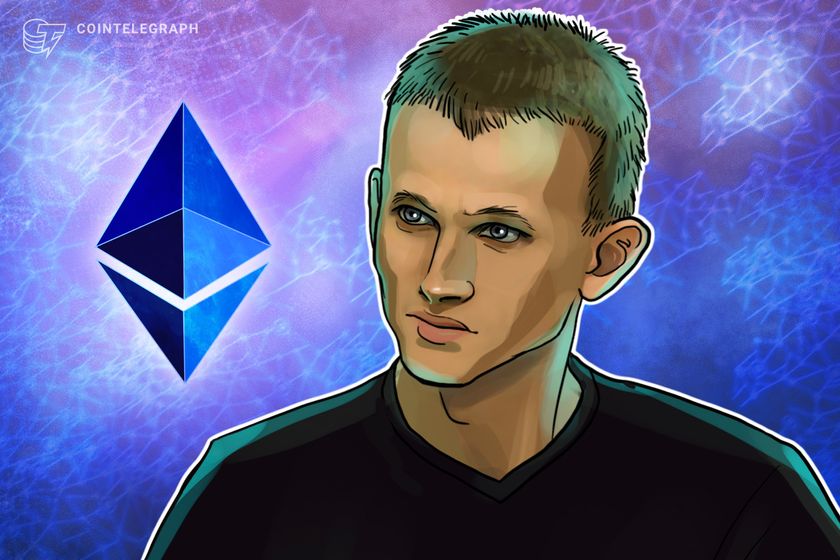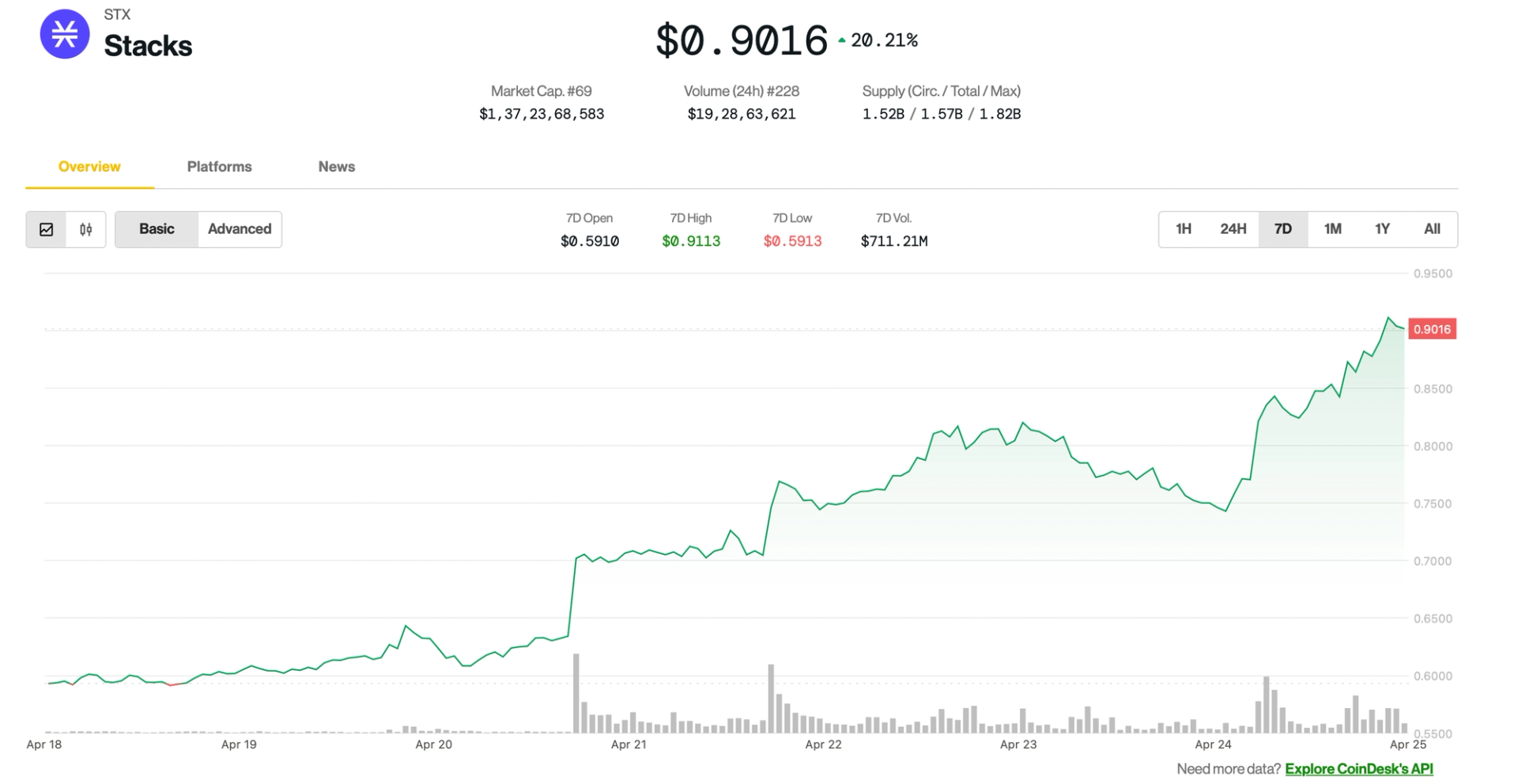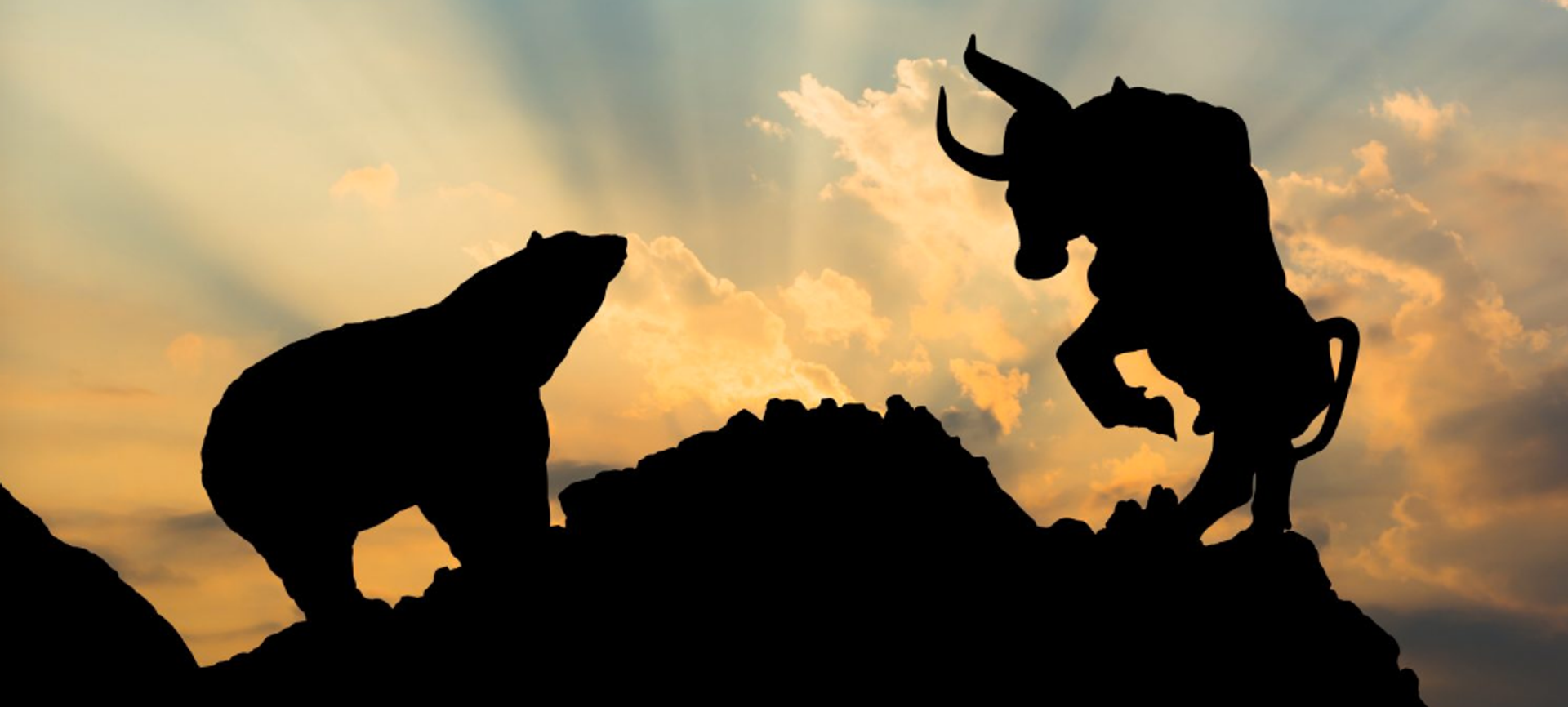The Rise of Decentralized Social Media: Can It Compete in 2025?
Article courtesy: SoftpageCMS.com In a digital landscape dominated by a handful of tech giants, decentralised social media platforms have emerged as potential alternatives that promise users greater control, privacy, and freedom from algorithmic manipulation. As we navigate through 2025, these platforms are gaining momentum, but questions remain about their ability to compete with established social media behemoths. What Is Decentralised Social Media? Unlike traditional social media platforms that store user data on centralised servers owned by corporations, decentralised social networks distribute information across numerous independent servers. This architecture fundamentally changes the relationship between users and platforms, shifting power from corporations to individuals and communities. The core principles driving decentralised social media include: User ownership of data: Users maintain control over their personal information Resistance to censorship: Content cannot be easily removed by a single authority Interoperability: Users can move between platforms while maintaining their identity and connections Reduced algorithmic manipulation: Less dependency on engagement-driven content distribution The Current Decentralised Social Media Landscape The decentralised social media ecosystem has evolved significantly in recent years. Mastodon, one of the pioneers in this space, has grown its user base to over 15 million by 2025, offering a Twitter-like experience without centralised control. The platform’s federated structure allows communities to create their own instances while still connecting to the broader network. Bluesky, which emerged from Twitter co-founder Jack Dorsey’s initiative, has also gained traction with its AT Protocol, offering users portable accounts they can take across different applications. Meanwhile, blockchain-based platforms like Lens Protocol have integrated decentralised finance features, allowing content creators to tokenise their work and build direct economic relationships with their audiences. Advantages Fuelling Growth Several factors have contributed to the growing popularity of decentralised social media: Privacy Concerns Following years of data breaches and privacy scandals, public awareness about the importance of data protection has increased dramatically. According to a Pew Research Centre survey, 78% of internet users expressed concerns about how their personal information is collected and used by major social media platforms. Decentralised alternatives offer a refreshing approach to privacy, where users aren’t constantly surveilled for advertising purposes. As GDPR and similar regulations have tightened globally, decentralised platforms often find compliance easier due to their minimalist data collection practices. Algorithmic Transparency Traditional social media algorithms optimise for engagement, often at the expense of user wellbeing and societal health. These “black box” algorithms have been linked to increased polarisation and the spread of misinformation. Decentralised platforms typically offer more transparent content discovery systems, with some allowing users to choose their own algorithms or none at all. This approach has resonated with users tired of feeling manipulated by hidden recommendation systems. Community Governance Decentralised social networks frequently incorporate community governance models where users have a voice in platform policies and development decisions. This democratic approach contrasts sharply with the top-down governance of mainstream platforms. For example, Aave, which has expanded beyond DeFi into social media spaces, uses token-based voting to determine feature priorities and content moderation guidelines. Challenges to Mainstream Adoption Despite their growing popularity, decentralised social media platforms face significant hurdles to mainstream adoption: The Network Effect Barrier The value of any social network increases with its user base—a principle known as the network effect. Established platforms like Facebook (now Meta) and Instagram have billions of users, creating a powerful gravitational pull that makes it difficult for alternatives to gain critical mass. According to digital adoption specialist Dr Sinan Aral, “The most significant barrier to new social platforms isn’t technology—it’s overcoming the inertia of existing social graphs.” User Experience Challenges Many decentralised platforms still lag behind their centralised counterparts in terms of user experience. The technical nature of concepts like federation, self-hosting, and key management can intimidate average users who prioritise convenience. Mozilla Foundation research indicates that simplifying onboarding processes and technical jargon could significantly increase adoption rates among non-technical users. Content Moderation Dilemmas While resistance to censorship is a core value of decentralised networks, it creates complex

Article courtesy: SoftpageCMS.com
In a digital landscape dominated by a handful of tech giants, decentralised social media platforms have emerged as potential alternatives that promise users greater control, privacy, and freedom from algorithmic manipulation. As we navigate through 2025, these platforms are gaining momentum, but questions remain about their ability to compete with established social media behemoths.
What Is Decentralised Social Media?
Unlike traditional social media platforms that store user data on centralised servers owned by corporations, decentralised social networks distribute information across numerous independent servers. This architecture fundamentally changes the relationship between users and platforms, shifting power from corporations to individuals and communities.
The core principles driving decentralised social media include:
User ownership of data: Users maintain control over their personal information
Resistance to censorship: Content cannot be easily removed by a single authority
Interoperability: Users can move between platforms while maintaining their identity and connections
Reduced algorithmic manipulation: Less dependency on engagement-driven content distribution
The Current Decentralised Social Media Landscape
The decentralised social media ecosystem has evolved significantly in recent years. Mastodon, one of the pioneers in this space, has grown its user base to over 15 million by 2025, offering a Twitter-like experience without centralised control. The platform’s federated structure allows communities to create their own instances while still connecting to the broader network.
Bluesky, which emerged from Twitter co-founder Jack Dorsey’s initiative, has also gained traction with its AT Protocol, offering users portable accounts they can take across different applications.
Meanwhile, blockchain-based platforms like Lens Protocol have integrated decentralised finance features, allowing content creators to tokenise their work and build direct economic relationships with their audiences.
Advantages Fuelling Growth
Several factors have contributed to the growing popularity of decentralised social media:
Privacy Concerns
Following years of data breaches and privacy scandals, public awareness about the importance of data protection has increased dramatically. According to a Pew Research Centre survey, 78% of internet users expressed concerns about how their personal information is collected and used by major social media platforms.
Decentralised alternatives offer a refreshing approach to privacy, where users aren’t constantly surveilled for advertising purposes. As GDPR and similar regulations have tightened globally, decentralised platforms often find compliance easier due to their minimalist data collection practices.
Algorithmic Transparency
Traditional social media algorithms optimise for engagement, often at the expense of user wellbeing and societal health. These “black box” algorithms have been linked to increased polarisation and the spread of misinformation.
Decentralised platforms typically offer more transparent content discovery systems, with some allowing users to choose their own algorithms or none at all. This approach has resonated with users tired of feeling manipulated by hidden recommendation systems.
Community Governance
Decentralised social networks frequently incorporate community governance models where users have a voice in platform policies and development decisions. This democratic approach contrasts sharply with the top-down governance of mainstream platforms.
For example, Aave, which has expanded beyond DeFi into social media spaces, uses token-based voting to determine feature priorities and content moderation guidelines.
Challenges to Mainstream Adoption
Despite their growing popularity, decentralised social media platforms face significant hurdles to mainstream adoption:
The Network Effect Barrier
The value of any social network increases with its user base—a principle known as the network effect. Established platforms like Facebook (now Meta) and Instagram have billions of users, creating a powerful gravitational pull that makes it difficult for alternatives to gain critical mass.
According to digital adoption specialist Dr Sinan Aral, “The most significant barrier to new social platforms isn’t technology—it’s overcoming the inertia of existing social graphs.”
User Experience Challenges
Many decentralised platforms still lag behind their centralised counterparts in terms of user experience. The technical nature of concepts like federation, self-hosting, and key management can intimidate average users who prioritise convenience.
Mozilla Foundation research indicates that simplifying onboarding processes and technical jargon could significantly increase adoption rates among non-technical users.
Content Moderation Dilemmas
While resistance to censorship is a core value of decentralised networks, it creates complex challenges around harmful content. Without centralised authority, addressing issues like hate speech, harassment, and illegal content becomes more complicated.
Innovative solutions are emerging, such as Ceramic Network’s reputation systems and community-based moderation tools, but these approaches are still evolving.
The Business Model Question
Traditional social media generates revenue primarily through advertising based on user data. Decentralised platforms reject this model but must find sustainable alternatives.
Several approaches are being tested:
Subscription models: Some platforms offer premium features for monthly fees
Token economics: Platforms like Minds reward users with cryptocurrency for contributions
Creator economies: Direct payment channels between creators and audiences
Community funding: Cooperative ownership models where users collectively fund development
According to blockchain economist Shermin Voshmgir, “The decentralised social media space is experimenting with economic models that align platform success with user interests rather than advertiser demands.”
The Path Forward: Hybrid Models
As 2025 unfolds, we’re seeing the emergence of hybrid approaches that combine centralised convenience with decentralised principles. Even traditional players like LinkedIn have begun integrating decentralised identity features to give users more control while maintaining familiar interfaces.
Element, built on the Matrix protocol, has demonstrated how decentralised infrastructure can be packaged in user-friendly applications, achieving over 50 million users by leveraging both consumer appeal and enterprise adoption.
Looking Ahead
While decentralised social media may not completely replace major platforms in 2025, it has established itself as a meaningful alternative in the digital ecosystem. The competition between centralised and decentralised models is driving innovation across the board, with traditional platforms adopting aspects of decentralisation while decentralised platforms improve their accessibility.
As users become more informed about digital rights and the consequences of centralised control, the appeal of decentralised alternatives will likely continue to grow. Whether they can fully compete with established giants remains to be seen, but their influence on the social media landscape is already undeniable.
The question is no longer if decentralised social media can compete, but rather how it will transform our digital social experiences in the years to come.
We’d love your questions or comments on today’s topic!
For more articles like this one, click here.
Thought for the day:
“Don’t rely on anyone for your needs. You will end up giving up a lot more than you receive.”
Garima Soni


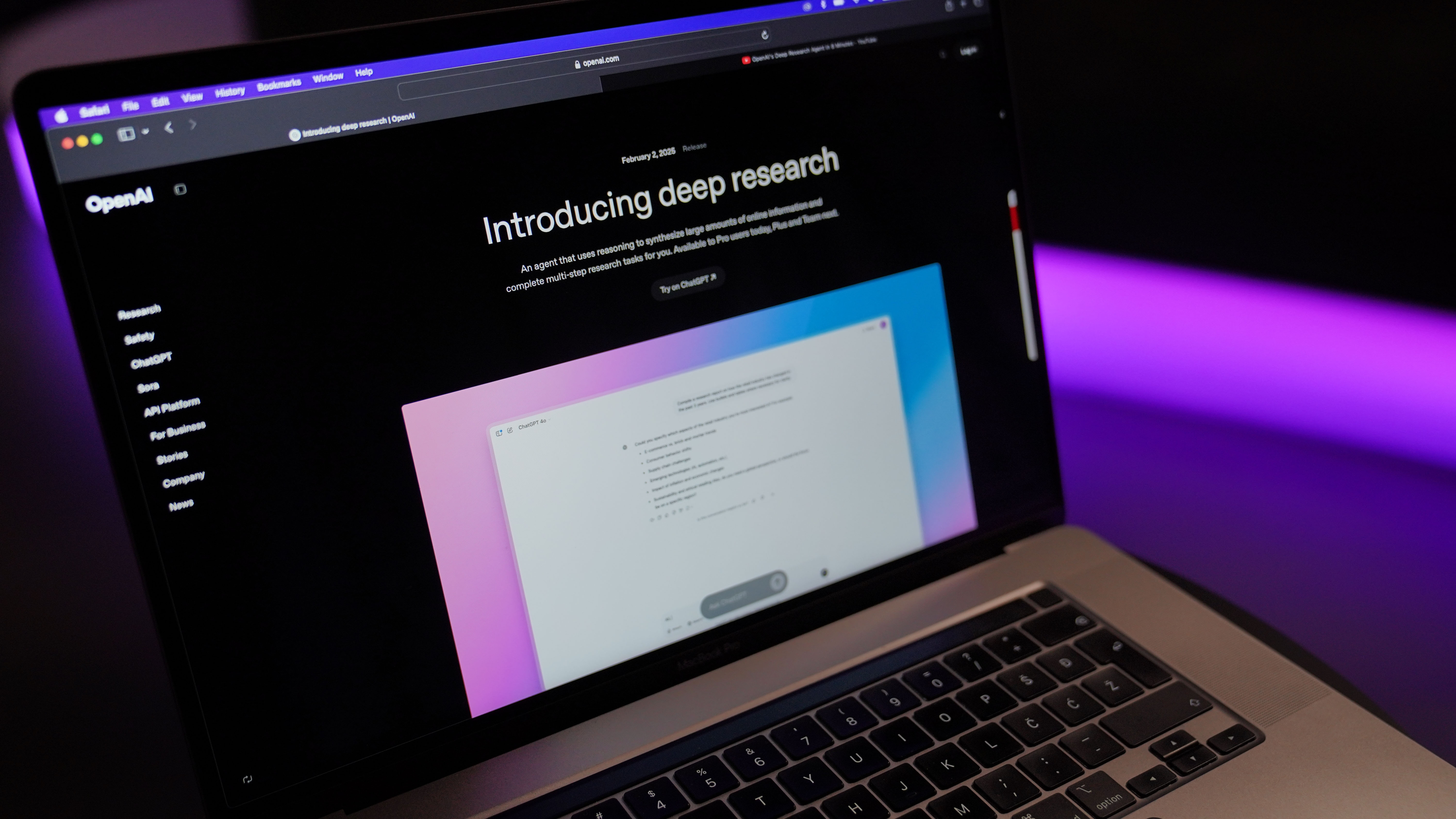


































































































































































![[The AI Show Episode 144]: ChatGPT’s New Memory, Shopify CEO’s Leaked “AI First” Memo, Google Cloud Next Releases, o3 and o4-mini Coming Soon & Llama 4’s Rocky Launch](https://www.marketingaiinstitute.com/hubfs/ep%20144%20cover.png)



















































































































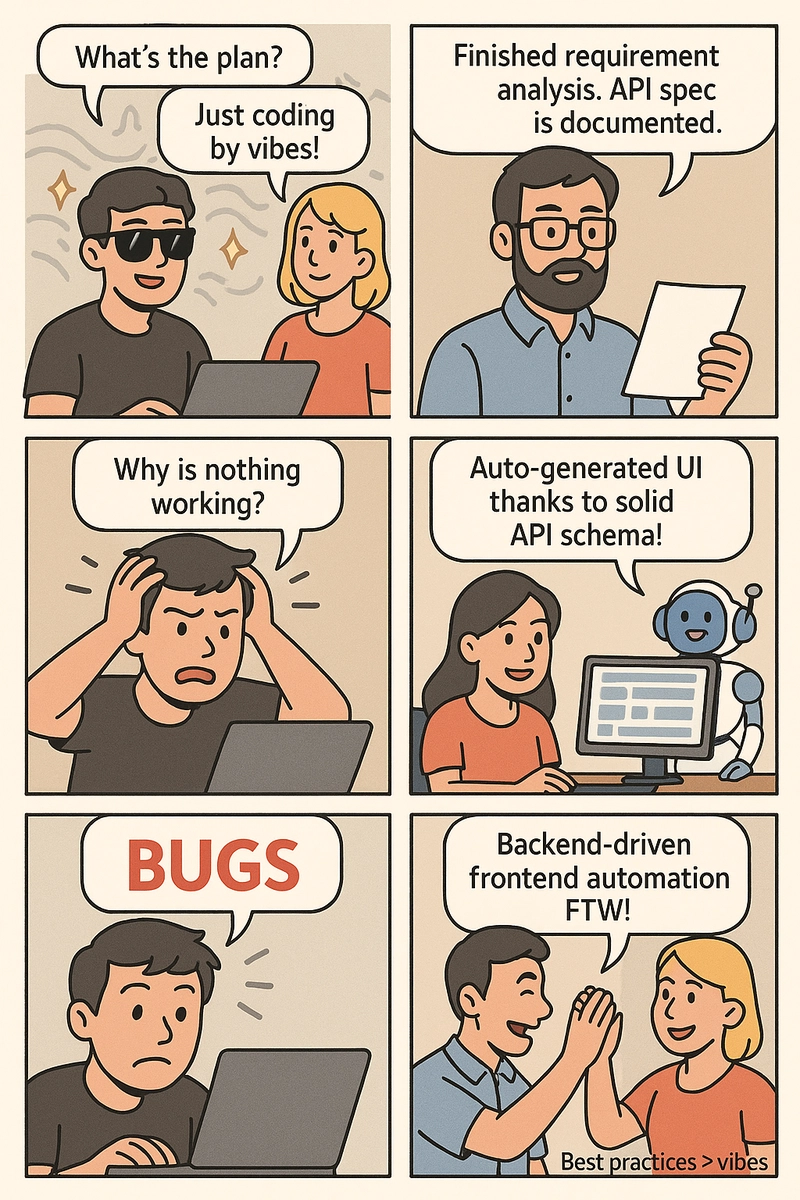




























































































































.jpg?#)


















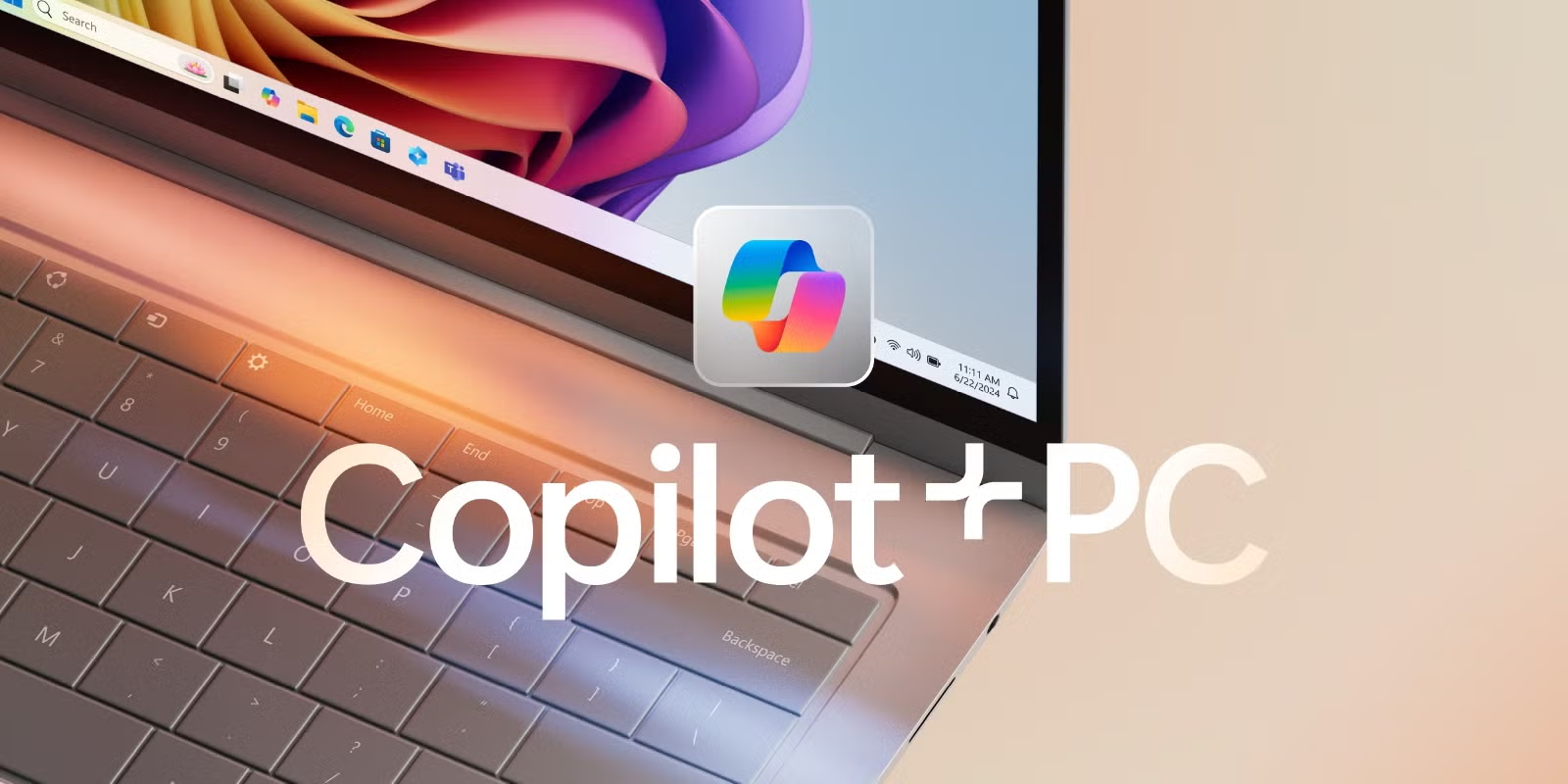










































































































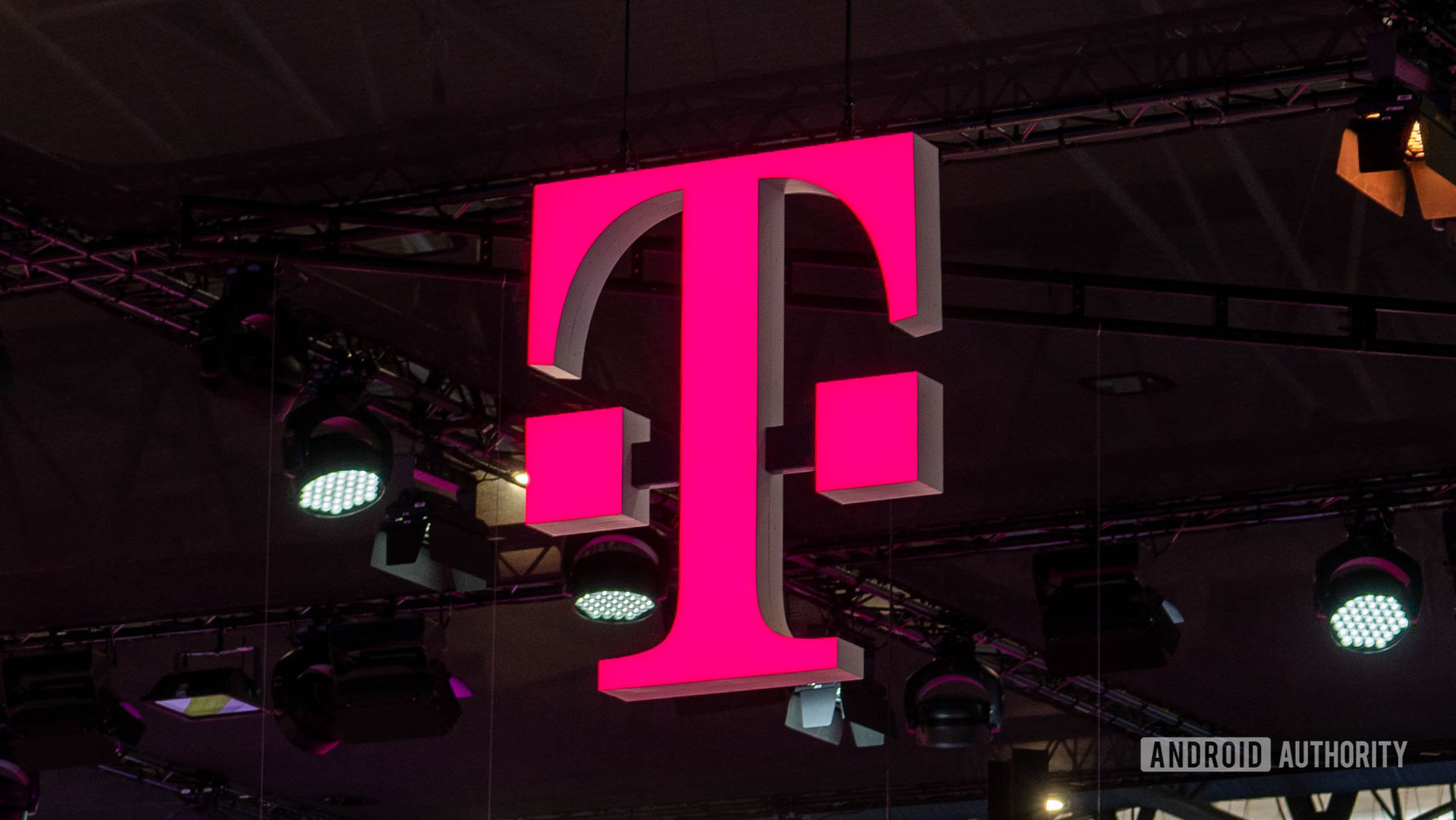

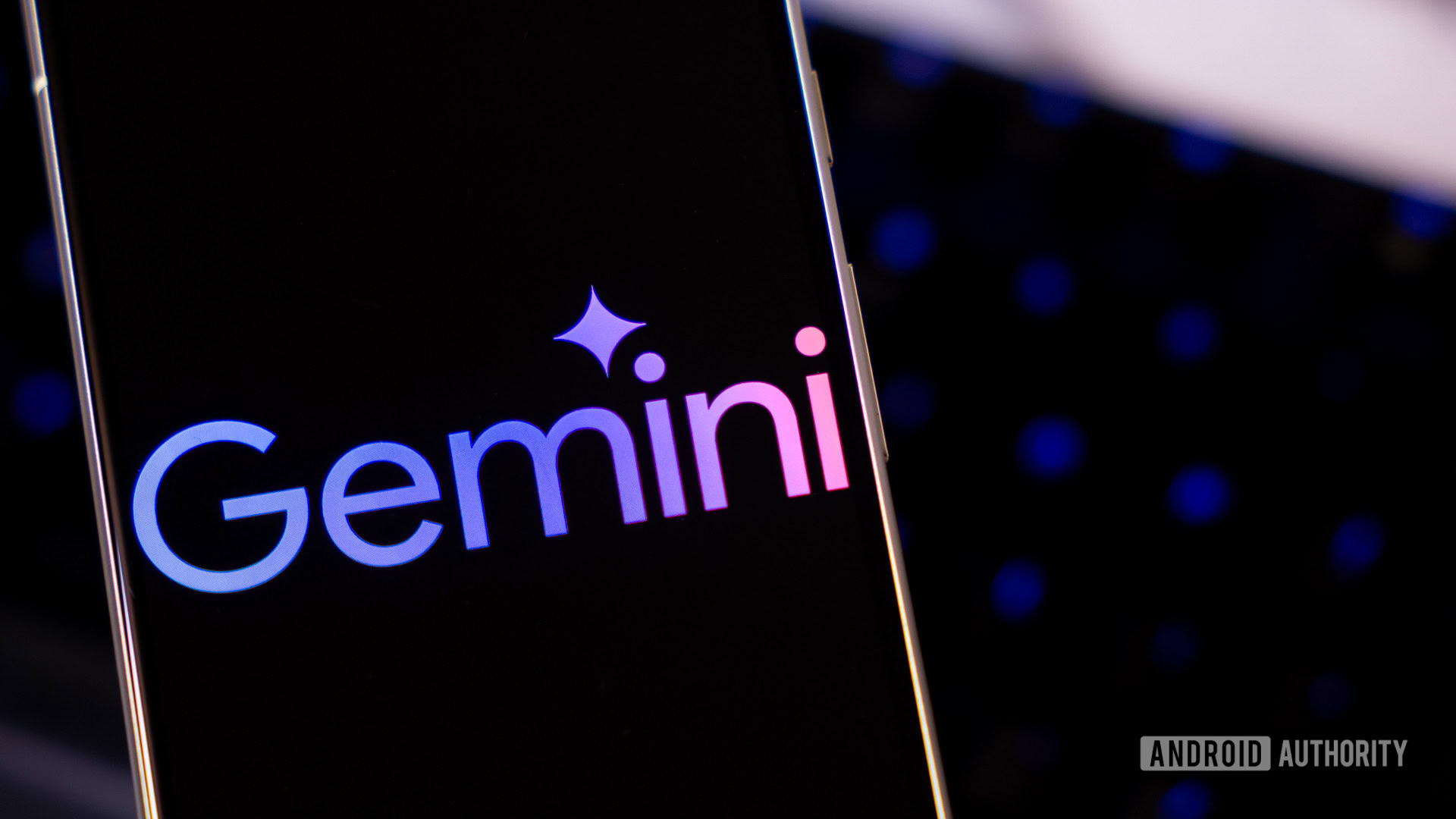
















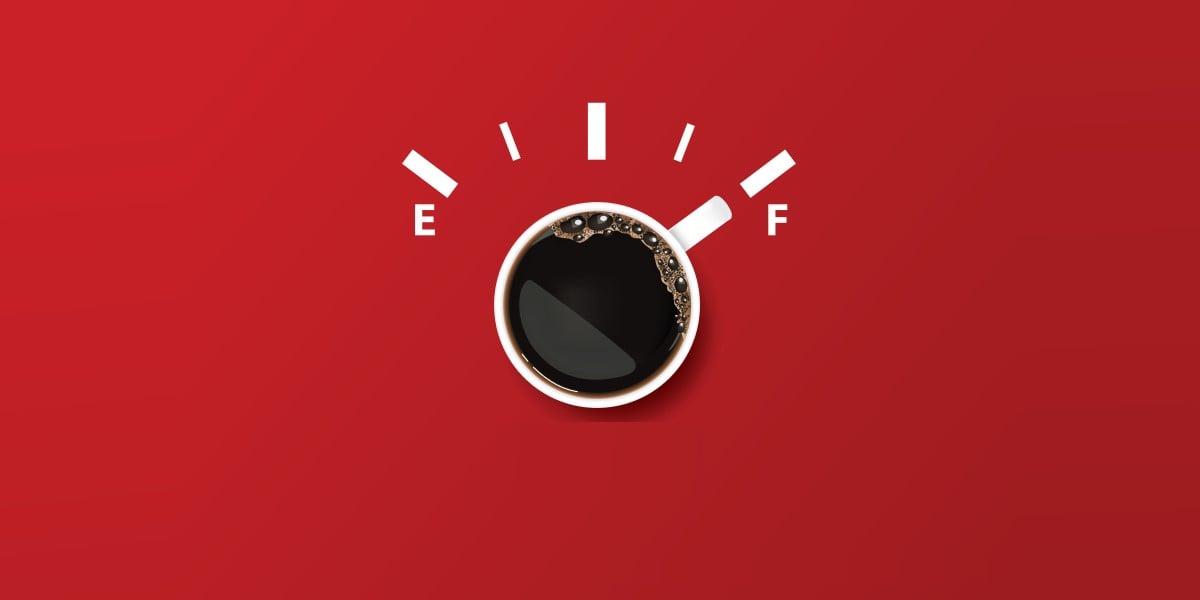

![Apple to Shift Robotics Unit From AI Division to Hardware Engineering [Report]](https://www.iclarified.com/images/news/97128/97128/97128-640.jpg)

![Apple Shares New Ad for iPhone 16: 'Trust Issues' [Video]](https://www.iclarified.com/images/news/97125/97125/97125-640.jpg)





































































